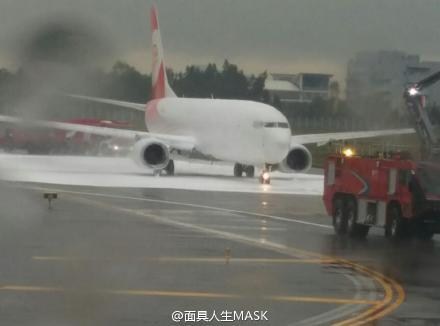The way I look at it and how our particular contract crew trains (we do mostly light aircraft/helo ARFF, but we train and prepare for large aircraft also...who knows when you may get one), we don't begin agent application until there's fire or smoke visible on an engine reported to be, or have been, on fire.
For one, a key to ARFF truck operations is understanding that most trucks only have about 1.5 to 2 minutes of primary agent (foam/water) available, before having to resupply. We, being light aircraft ops, have to ensure that agent is used most effectively, depending on the situation at hand, and most especially when it comes to us having to respond to a large aircraft, as we have no ready resupply tender truck or anything like that. So preemptive use of the primary agent when its not immediately required is, in many cases, wasteful and ineffective. For us, when our primary and secondary agent supply is exhausted, we're done being able to fight fire, as previously mentioned, resupply isn't immediately available..
With no fire/smoke showing on an engine, or even just smoke but no flames, a little prudence goes a long way. For example, seeing flames out the exhaust stacks of a recip or even out the exhaust end of a turbojet isn't an immediate cause for emergency action. It happens, especially on start. If it remains or gets noticeably worse, then that's obvious now it's a problem.
That said, there are times for preemptive action, such as excessively hot brakes, where sitting and waiting or use of cooling fans aren't doing the trick, and the temps are just rapidly rising. Based on the particular manufacturer (Airbus and Boeing specify different), a water mist application (not a high pressure water application) may be appropriate. And there are some other examples of preemptive action.
But generally speaking, it should be obvious most of the time, which aircraft requires immediate intervention by ARFF. Whether that aircraft is burning, smoking heavy, has exit doors open on a taxiway/runway, has slides deployed, etc; elsewise arriving on scene and taking a moment to size up the situation, is often the most prudent course of action..

